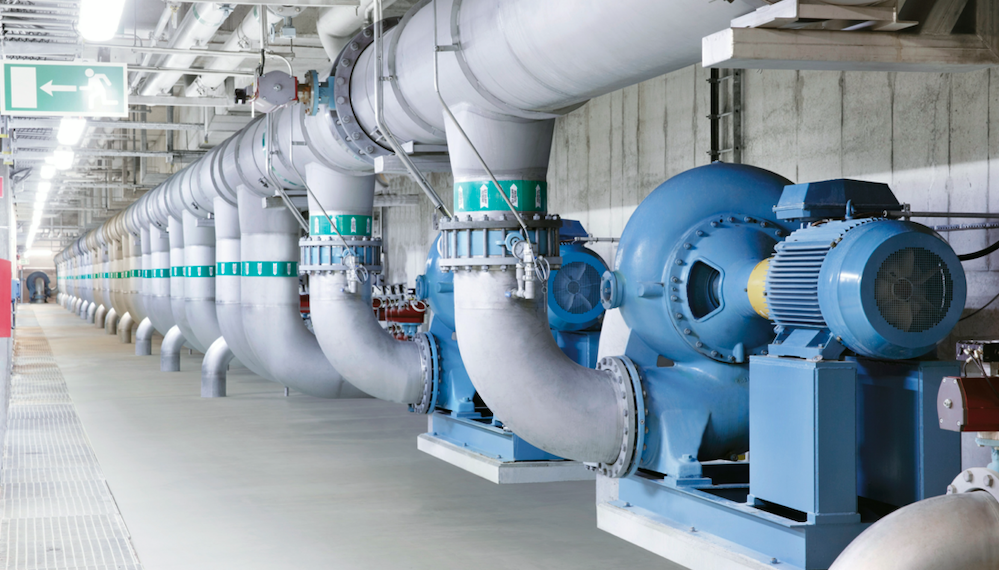Of total global energy consumption, the water and wastewater industry accounts for around four percent. In view of the growing demand for water from the world’s population and industry, the issue of energy efficiency is becoming increasingly urgent, not least against the backdrop of the climate targets set out in the Green Deal. According to projections, energy consumption in the water industry could be reduced by up to 15 percent by 2040 if appropriate measures were taken.
To identify potential savings, it is worth taking a closer look at the most energy-intensive processes in water and wastewater plants. In water treatment, for example, up to 85 percent of energy consumption is used to pump water, mainly with centrifugal pumps. Pumps for pumping water also account for the lion’s share of energy consumption in the irrigation of agricultural land. In wastewater treatment, up to 60 percent of the energy consumed in a sewage treatment plant is used for revitalizing and pumping the sewage water. Pumping, dewatering and thickening the sewage sludge is also very energy-intensive.
All these processes have pumping systems in common. These therefore also represent a significant adjusting screw for greater energy efficiency. By using frequency converters and more energy-efficient high-efficiency motors, water and wastewater treatment plants can significantly reduce their energy consumption. Digital solutions offer further potential. For example, optimizing the control of pumping systems in wastewater treatment plants would consume about 10 to 20 percent less energy.
ABB Motion’s new white paper, “The Energy Efficiency Challenge for Water and Wastewater Utilities,” provides water and wastewater decision-makers with ideas on how to reduce energy consumption and improve the environmental footprint of their plants through efficient drive solutions. Projects from the areas of wastewater, drinking water, desalination and irrigation, such as the Bocholt wastewater treatment plant, are also listed.

















